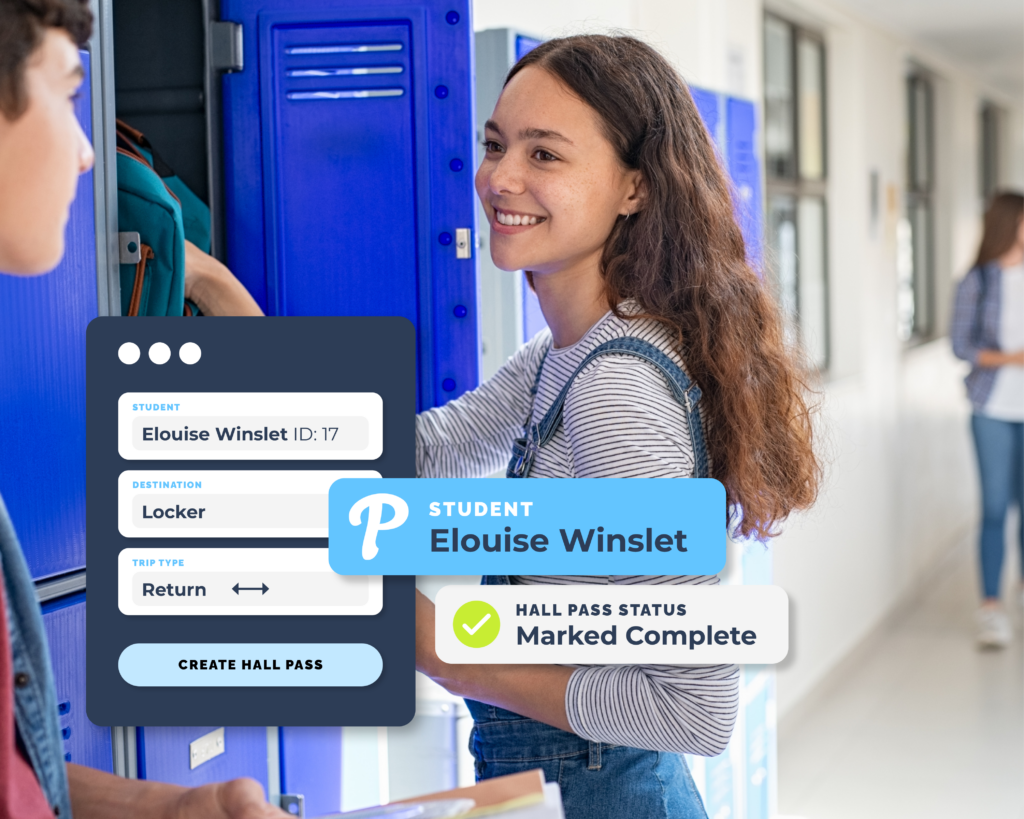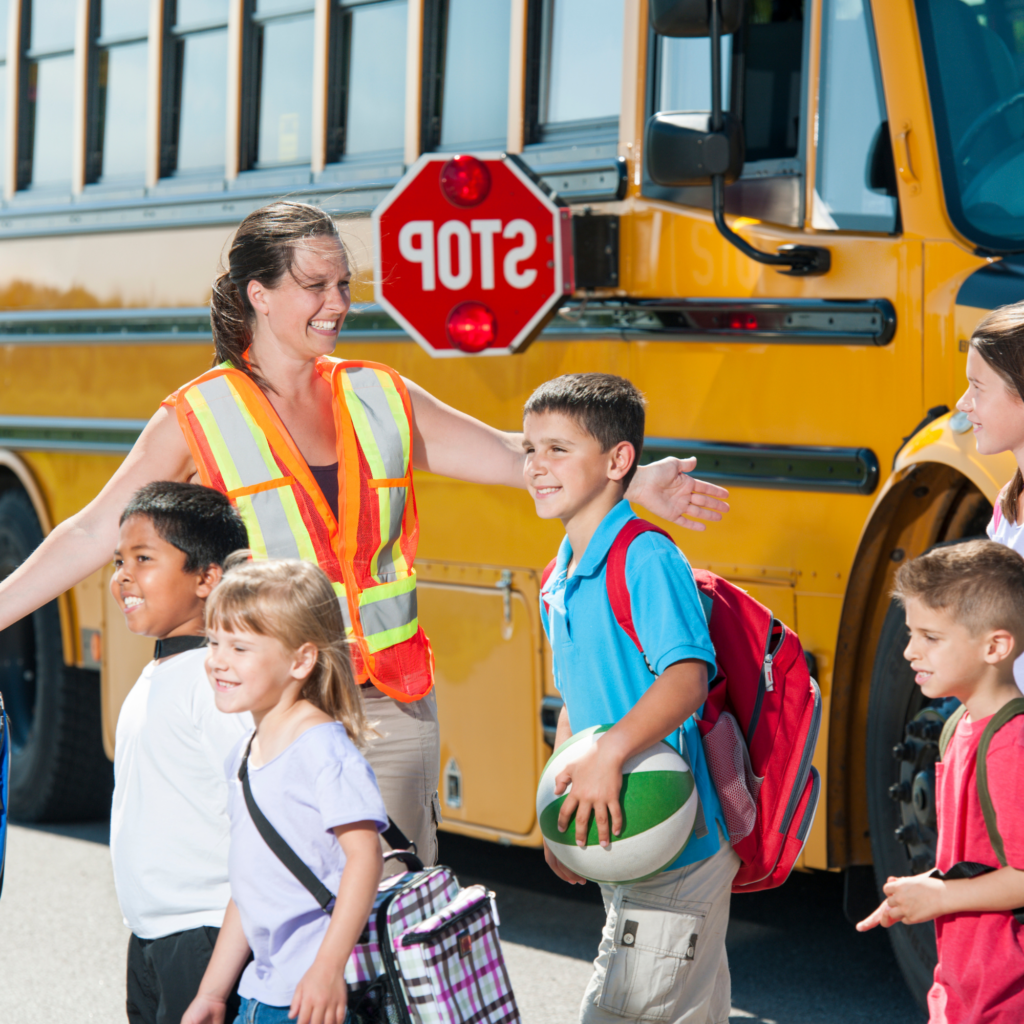One of our goals in the school system is to best support our students. In order to do so, we must find ways to connect families with the learning and events occurring within our schools. Beyond just involving families, we need to strive for family engagement and work on creating meaningful partnerships between school, home and the community. These partnerships are essential for promoting student well-being and success, and providing a safe learning environment for all students. By being intentional in fostering these connections, we create a network of support for students which amplifies their learning potential.
When we create a “family to school” partnership, administrators, teachers and families collaborate and grow together. To foster these relationships, we first need to understand the background of our families and students, and learn about their needs and any concerns they might have. We have to be intentional by setting up an initial connection, invite families into our schools and learn about their prior experiences with school. By understanding what each family needs, we will be better prepared to support them during the year.

Why does family engagement matter?
Research shows that it is the most accurate predictor of student success. In research conducted by Project Tomorrow, it was reported that 88% of administrators saw a positive impact from communicating with families via social media, while 66% of parents preferred emails or phone messages as communication. With Pikmykid, schools and families can easily stay connected. When we place a greater emphasis on fostering more meaningful and personal connections, the school, community and families can work together to provide the support and structure for the benefit of student achievement.
Forming the Connections
To better engage parents in the learning experiences of their child, it is important to have a system in place that enables schools to communicate effectively and consistently. There can be barriers to family engagement such as inconsistency in school-to-home communication, or schedule conflicts that impact families. Schools can be proactive and develop specific strategies aimed at reducing and eliminating these barriers. A strong and collaborative home-to-school partnership has been shown to positively impact student performance as well as empower parents.
Ways to communicate and engage families
Communication exchanged between school and home has traditionally involved phone calls or by sending emails, letters or newsletters. While these methods are still useful, they are not the most effective when it comes to time-sensitive matters such as school safety and student progress
We need to consider what might be the best way to connect with parents and how to provide access to vital school information and classroom resources. Creating a survey is a great way to gather feedback from families about concerns, preferences for communication and other essential information. With this feedback, we can then choose the right methods to communicate with them and as a result, families are better informed of upcoming events, schedule changes, class activities, and student progress.

Connecting with families
With our current technology sending class updates, assignment reminders, notifying about upcoming events, and distributing information is easier than ever. There are some strategies shared by the CDC to help schools build frameworks which promote family engagement. The focus is “Connect, Engage, Sustain” families in the educational community. There are a number of ways to connect with families and tips for increasing family engagement.
Here are three ways to “connect, engage and sustain” family engagement:.
- Communication tools: Whether through a messaging app or using social media, school leaders and teachers can send messages quickly. Having a system in place helps to reduce some barriers such as time, lack of information and concerns about student progress. Teachers and families can communicate instantly, privately and as often as needed throughout the year to fully support students and learning.
- Video Tools: Teachers can record videos of weekly announcements or special events to keep families informed about student learning and experiences. Videos are also a great way to have students share their learning and will help to foster a supportive connection between home and school.
- Class website/blog: When families know they can look to one centralized location to obtain class updates, ask questions, or read about class events, it provides a more structured framework for engaging families and fosters a greater connection between school and home.
There are many strategies that we can use to keep families informed and involved. These connections will lead to the creation of solid and supportive relationships between school and home, which will promote student achievement and enhance families’ sense of belonging.
The key is to find the way to not only make an initial connection and build the “family to school” partnership but to engage families and continue to collaborate and grow together.


